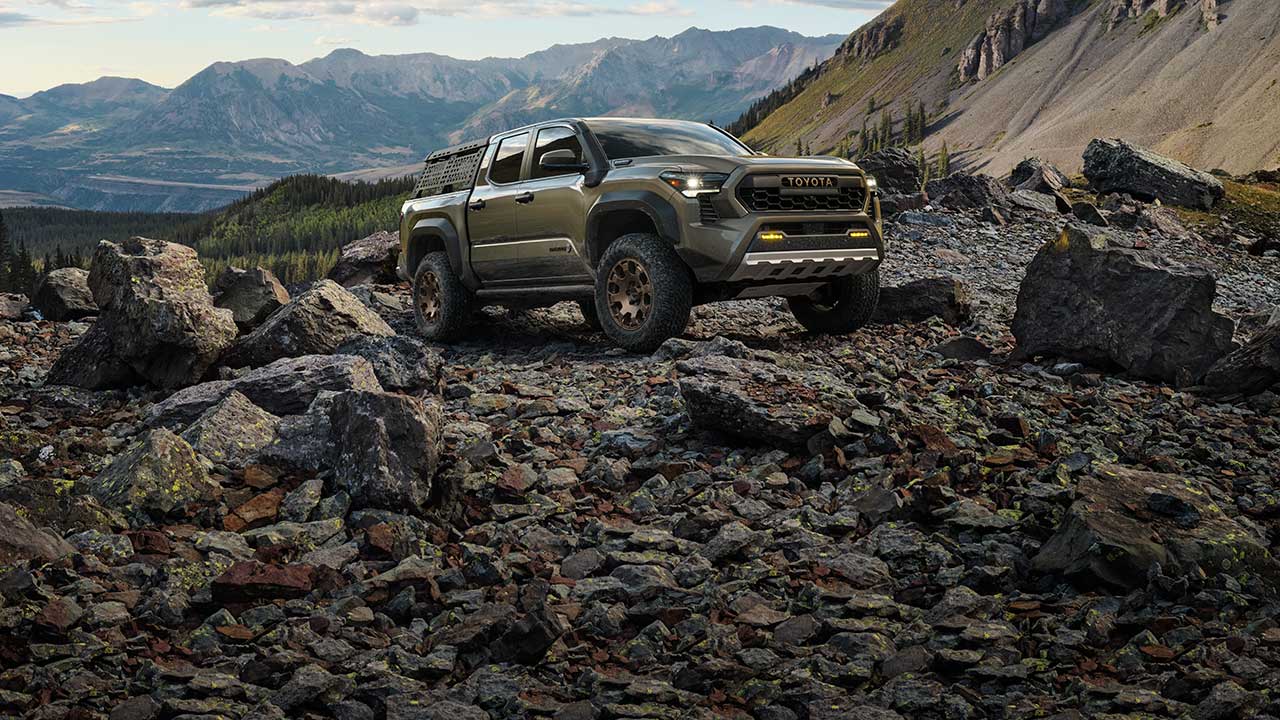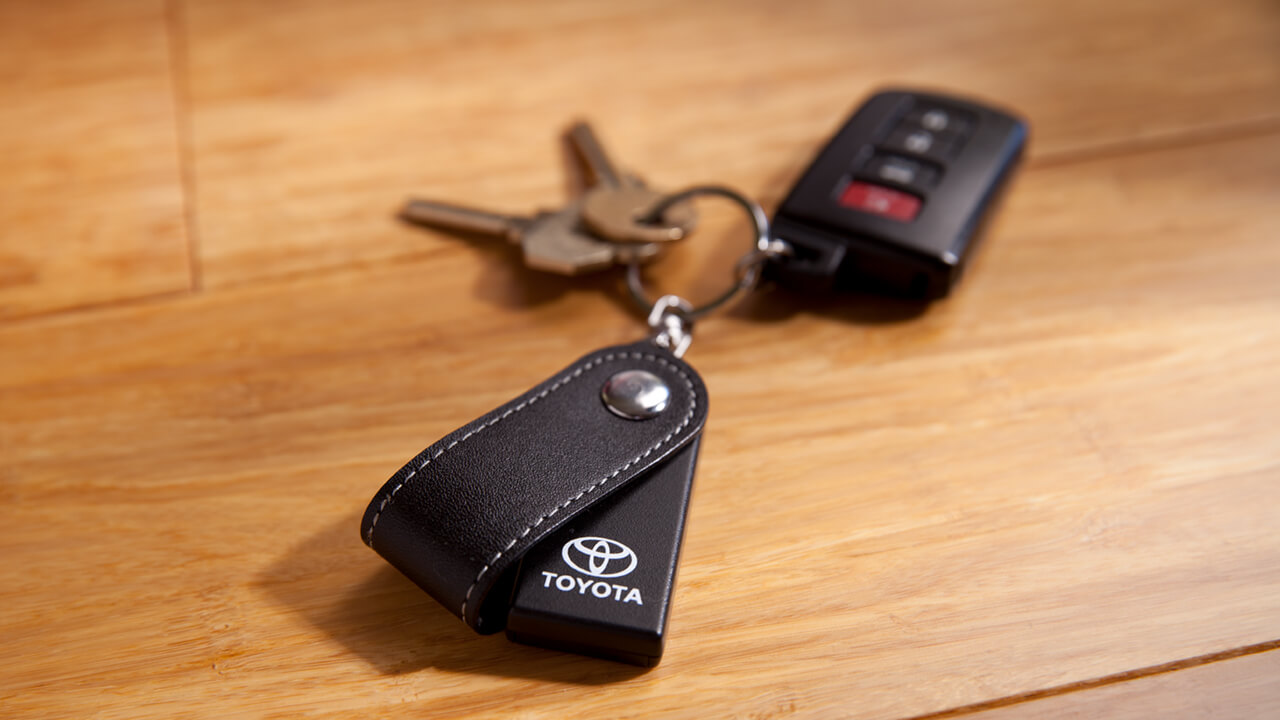
Common Misconceptions About Leasing
Separate the facts from fiction when it comes to everything you’ve heard about leasing

For a lot of people, the idea of vehicle leasing comes with a bad reputation. Not because they’ve leased and had a bad experience, but because they’ve heard plenty of myths from friends, family, and online forums. Let’s take a look at some of the most common misconceptions and separate them from the facts.
Article Topics
- Lease customers pay “unique penalties” if they drive high miles
- Lease customers pay “unique penalties” for excess wear and use
- Leasing offers tax benefits
- There’s equity in buying, but you have nothing to show with a lease
- Lease customers don’t own their vehicles, so they will always make payments
- Leasing is a waste of money
- Leasing a vehicle costs more than buying one with a loan
- Leased vehicles cannot be moved if I need to relocate to a new state
Lease customers pay “unique penalties” if they drive high miles
When it comes to leasing, it’s common knowledge that lessees agree to a maximum number of miles for the duration of their lease. Most often, those terms are 12,000 miles per year for a 36-month lease, which means that the lessee can go up to 36,000 miles total during the 3 year term. If you have a 36,000-mile lease and you drive more miles than what you agreed to in your Lease Agreement, it’s true you will be charged a small fee, usually around $0.18 per mile. Looking at the math, if you drove an additional 1,000 miles not covered by your Lease Agreement, you would be charged $180 for excess mileage.
What people don’t often consider is that being charged for high mileage isn’t exclusive to leasing. Had you chosen to finance the same vehicle and put a lot of miles on it, the vehicle would likely depreciate more, which means that it would be worth less when you attempted to trade it. Think back to any previous vehicle trades you’ve had: did you get what you thought or hoped you would for the trade amount? If not, mileage is almost guaranteed to have played a factor in your trade offer (considering mileage and age are the two main factors that affect depreciation).
The point here is that whether you lease or finance your vehicle, if you drive high miles it usually ends up costing more. According to CarFax, when it comes to vehicle depreciation, “the tipping point is right around 10,000 miles a year. Any more and routine wear and tear begin to really take their toll on a vehicle.”

What people don’t often consider is that being charged for high mileage isn’t exclusive to leasing. Had you chosen to finance the same vehicle and put a lot of miles on it, the vehicle would likely depreciate more, which means that it would be worth less when you attempted to trade it.
Lease customers pay “unique penalties” for excess wear and use
When you lease a vehicle from SETF, normal wear and use have already been considered in the terms of your Lease Agreement - we expect that that small things will come up during your lease term, like little dents, dings, or scratches. These are all common things that happen when you’re out enjoying your Toyota with friends, family, or even colleagues!
After enjoying your lease for a while, and the time comes for you to choose your next lease or finance option, you’ll be contacted for your complimentary vehicle inspection. Once your vehicle is assessed, any damages or excessive wear could result in excess wear charges.
On the other hand, if you had chosen to finance the same vehicle and then attempted to trade it in, any minor damage or even tire wear could result in you getting a lower trade in value. Again, think back to any previous experience with trading in a vehicle: was there a time when your trade value was less than you thought it should be?
The takeaway here is that much like excess mileage, excess wear will affect you whether you lease or finance.

The takeaway here is that much like excess mileage, excess wear will affect you whether you lease or finance.
Leasing offers tax benefits
There are two ways of looking at the topic of taxes and vehicle leasing. When considering ‘tax benefit’ to mean a deduction, then this claim is false if the vehicle is for personal use. If used for business, then your Toyota lease could potentially be used as a tax deduction like other business-related expenses. Make sure you talk to your accountant or tax professional for more information about this.
If you’re considering a lease for personal use, then the good news is that in most states, a lessee will pay tax only on the monthly lease payments, and not on the actual price of the vehicle. For example, let’s say that you’re considering a 36-month lease that comes to a total of $18,000 in lease payments; financing the same vehicle would come with a price tag of $27,000. We’ll say that for the purposes of this illustration that your tax rate is 6%. Looking at the math, on the lease option you would pay $1,080.00 in taxes, whereas if you financed the vehicle, you’d pay $1,620.00 in taxes.
To see if you would be charged tax on the lease price or the retail price, make sure you check with your state’s vehicle taxing laws.

If you’re considering a lease for personal use, then the good news is that in most states, a lessee will pay sales tax only on the monthly lease payments, and not on the actual price of the vehicle.
There’s equity in buying, but you have nothing to show with a lease
It’s true that financing a vehicle will give you the opportunity to reach equity, but this only happens if the amount you owe on the vehicle is less than its resale value. Potentially, you could come out at the end with cash in your pocket, assuming that you’re able to sell or trade the vehicle at the right time and right price.
On the other hand, leasing lets you hang on to your cash flow from day one, because you’ll either have no down payment, or a low down payment. If you take the money that you would normally have to use as a down payment, and invest it along with the amount of money you save each month by having a lease payment (which is lower than what you would pay for a financed vehicle), you may be pleasantly surprised at how much your money has grown by the end of your lease.
Lease customers don’t own their vehicles, so they will always make payments
While it’s true that most lease customers will always have a monthly payment (unless they choose a single-payment lease or pay off their full lease contract before it ends), the benefit is that these customers get a brand new vehicle more often, so they can take advantage of the most recent technology and safety features.

With leasing, it’s important to note that you always have the option to buy the vehicle at a set price at the end of your contract, should you decide that you want to move away from lease payments.
It’s also important to note that with leasing you always have the option to buy the vehicle at a set price at the end of your contract, should you decide that you want to move away from lease payments. Or, you can rest easy knowing that at the end of your lease, you can just walk away without having to worry about selling it or trading it in as you would have to do with a financed vehicle (and at potentially less value than you imagined).
Leasing is a waste of money
Not true. Leasing is actually a great way to have more flexibility when it comes to the vehicle you drive, since you get to pick a new one every 36 months.
Let’s say that you financed a vehicle for 72 months, which is a common term we see among customers. If at 3 or 4 years in to your 6-year loan, you decide to trade in your vehicle because you want a different model or because you want to have the latest features, then you’re at higher risk that you may not be in an equity position and that negative equity would have to be paid off or rolled over to your next loan. This is the only scenario where you’re wasting money on a vehicle, whether you’ve leased or financed, and again this scenario is tied to your vehicle’s depreciation rate.

Leasing is actually a great way to have more flexibility when it comes to the vehicle you drive, since you get to pick a new one every 36 months.
Leasing a vehicle costs more than buying one with a loan
The answer here depends a lot on your vehicle habits.
As we mentioned earlier, since leasing has lower upfront costs and monthly payments, if you take the money you save and either add it to a high-interest account, or use it to pay off debt, then leasing could be the better financial decision for you.
However, if you finance a vehicle, and then and continue driving it several more years after the loan is paid off, then this option will save you money in the long term, assuming you pay attention to regular maintenance and don’t let any normal repairs snowball into larger (and more expensive) issues.
Leased vehicles cannot be moved if I need to relocate to a new state
False; your lease can go with you to a new state - but it cannot move outside the continental United States, other than 30 days or less in Canada.
Please do remember that if you move to a new state with your leased vehicle, you must notify SETF of your new address within 30 days of moving, as covered in your Lease Agreement. It is possible that your monthly payments may have to be adjusted (increased or decreased) based on any difference in taxes in your new state compared to your previous one.
